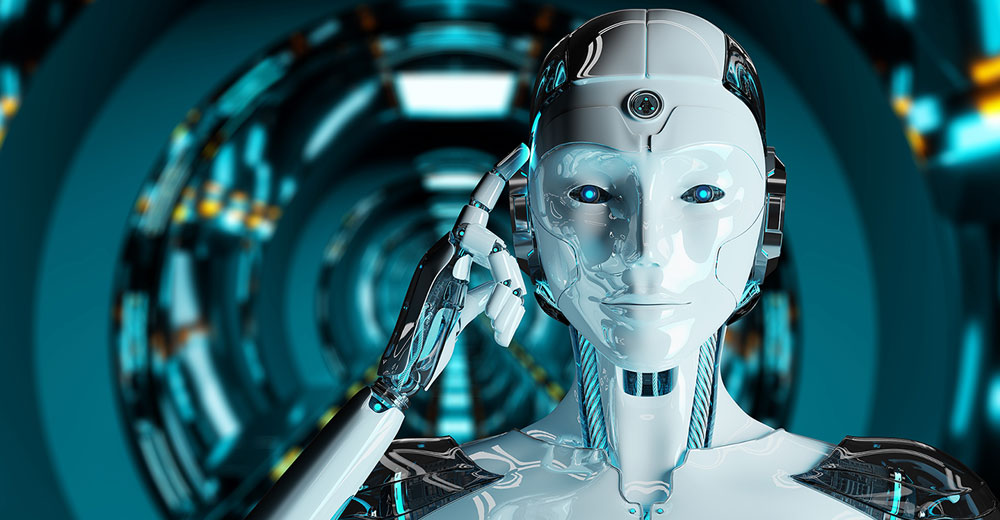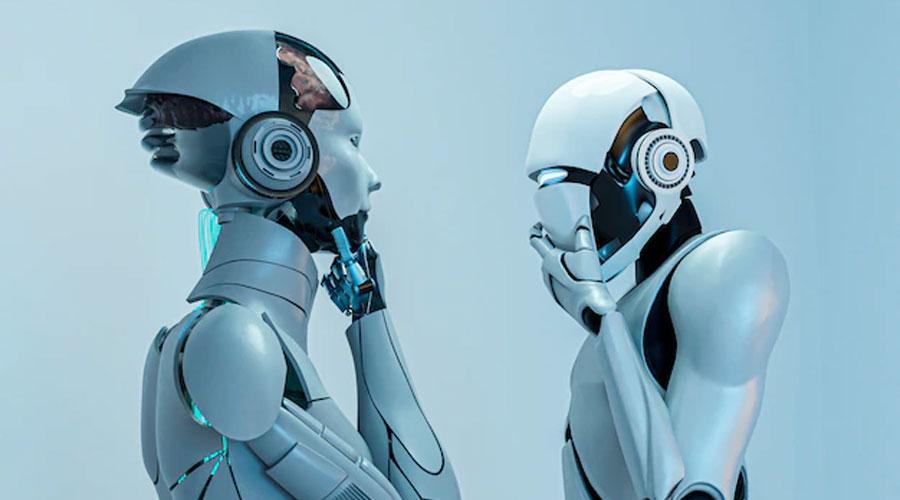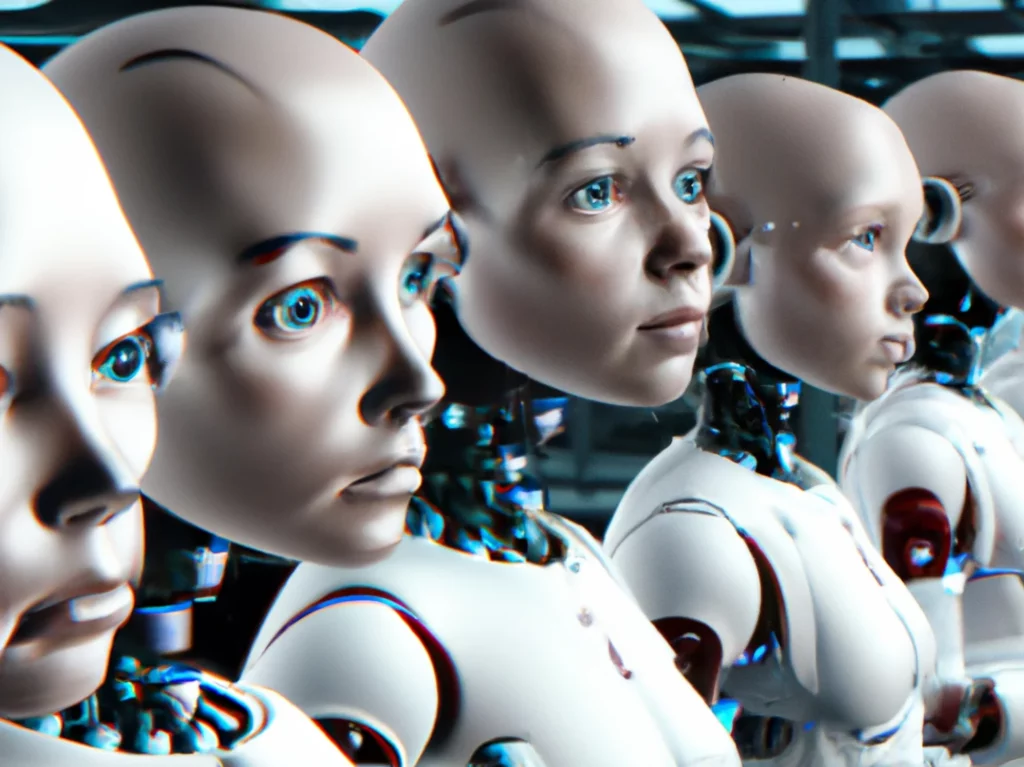Humanoid Robots: From Fiction to Reality
Humanoid robots are a remarkable advancement in technology.

Humanoid robots are machines designed to look like humans. They use advanced sensors, actuators, and artificial intelligence (AI) to interact with the world. These robots have a head, torso, arms, and legs, and they can move like humans.

Key Features
- Sensors: Humanoid robots have cameras, microphones, and other sensors to see, hear, and feel their surroundings.
- Actuators: They use electric motors, hydraulic systems, or air pressure to move smoothly and perform tasks.
- AI: Humanoid robots learn from their experiences, adapt to new situations, and get better over time.

Uses of Humanoid Robots
- Helping People: Humanoid robots can assist the elderly and people with disabilities, provide education, and give customer service.
- Industry: They work with humans in factories to improve efficiency and accuracy.
- Research and Exploration: Humanoid robots can explore dangerous areas, like disaster zones or space.
- Entertainment: They entertain people by dancing and performing.
Challenges and Ethics
- Safety: It’s essential to make humanoid robots safe for humans to work with.
- Job Concerns: Using robots in industries may affect human jobs.
- Privacy and Security: Robots with cameras and microphones need safeguards to protect privacy.
- Ethical Choices: As robots become more independent, they may face ethical decisions, raising questions about responsibility.
Conclusion
Humanoid robots are a remarkable advancement in technology. They have many useful applications, but we must address challenges and ethics to use them responsibly. By balancing innovation with ethical considerations, we can benefit from humanoid robots while maintaining our values and principles.








